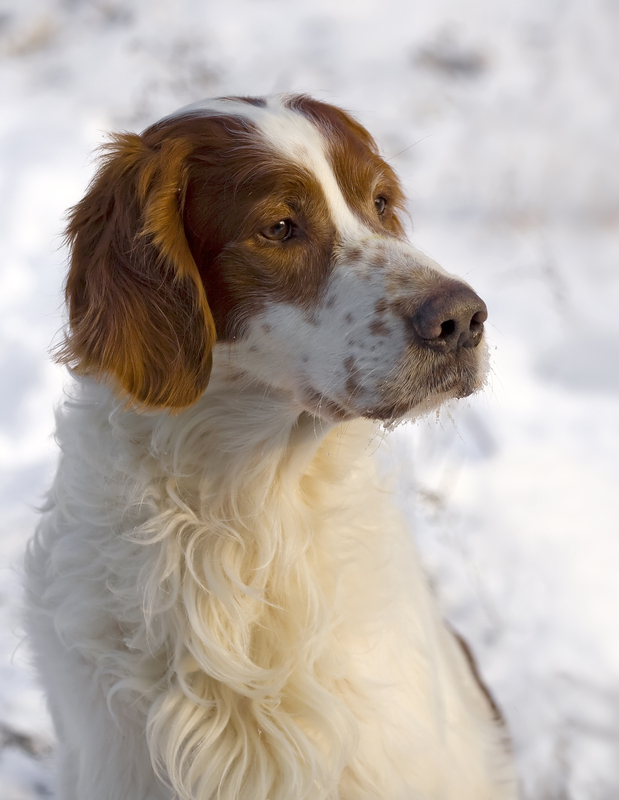
We don’t get to pick the surname we’re born with, but as adults, we can either change it or make the best of it, and both options are what the Schmucker family did in America.
It started with Jerome’s great great grandfather who emigrated to America from Switzerland. He came to learn that his German surname, “Schmucker,” sounded too much like “schmuck,” a Yiddish word for an anatomical body part also used a pejorative. The name was “Americanized” to “Smoker” and the family used this surname for a couple of generations. The name was changed yet again, this time to Smoker, because (as the story goes) no one liked having a name that made them sound like they were heavy tobacco users.
Here we pivot back to Jerome who in 1897 founded a company that made apple butter. Though Jerome was a Mennonite, he relied on up-to-date and efficient business practices despite the anabaptists traditional disdain for modernization. Jerome’s business grew to include four farms and a creamery, but that was nothing compared to what was to come. If you’ve recently drunk Folgers coffee, eaten a Hostess Twinkie, used Carnation milk in a recipe, or given your dog a Milk Bone, you used a product now owned by Smucker.
We’re telling you about this American manufacturer because in 1961, something very clever was done with the family name. That year, Paul Smucker hired Wyse Advertising of Cleveland to produce radio spots. Faced with the odd business name, Smucker, the advertisers didn’t change the name, they made the best of it. The strategy worked so well that you probably know the slogan they come up with even today, over sixty years later: “With a name like Smuckers, it’s got to be good.”
Wyse Advertising came up with a slogan that associated a funny brand name with quality. People knew that a Smuckers product was probably something they would like, a variation of “truth in advertising.” And this, as you knew it would, leads us to dogs.
When a breed has a color in its name, there is no room for error. A Bluetick Coonhound isn’t red; a Blue Picardy Spaniel had better be blue, and a Redbone will not be black. Just as customers knew that the Smucker name on a product assured that the product would be good,” a family buying a Yellow Labrador Retriever expects just that.
Enter the Irish Setter. With the FCI, the breed is registered as the Irish Red Setter, and naturally, one expects a red dog, but interestingly, the breed was likely derived from an Irish Red and White Setter’s dalliance with a solid red dog. Even more interesting is that it’s not possible, genetically speaking, to breed a solid red dog from two red and white dogs. If it were done, the puppies would be red but carry the piebald, or sp gene. If a red dog carrying the sp gene was bred to a red and white, some red and white puppies will be whelped, and if two reds each carrying the sp gene were bred, some of the puppies will be red, and some will be red and white.
Furthermore, the breed standard is quite clear that the breed’s base color is white with solid red patches (not a red base with white patches), and that the red should show “the maximum of life and bloom.” To paraphrase Craig Koshyk in his marvelous book, Pointing Dogs: Vol. Two, the red of a IRWS should be a deep red no less deep than is found on an Irish Setter.
Like Smuckers being synonymous with something good, the IRWS’ name is specific – but we know it’s going to be good!
Image: Senior Irish Red and White Setter by László Nagy/Dreamstime.com
